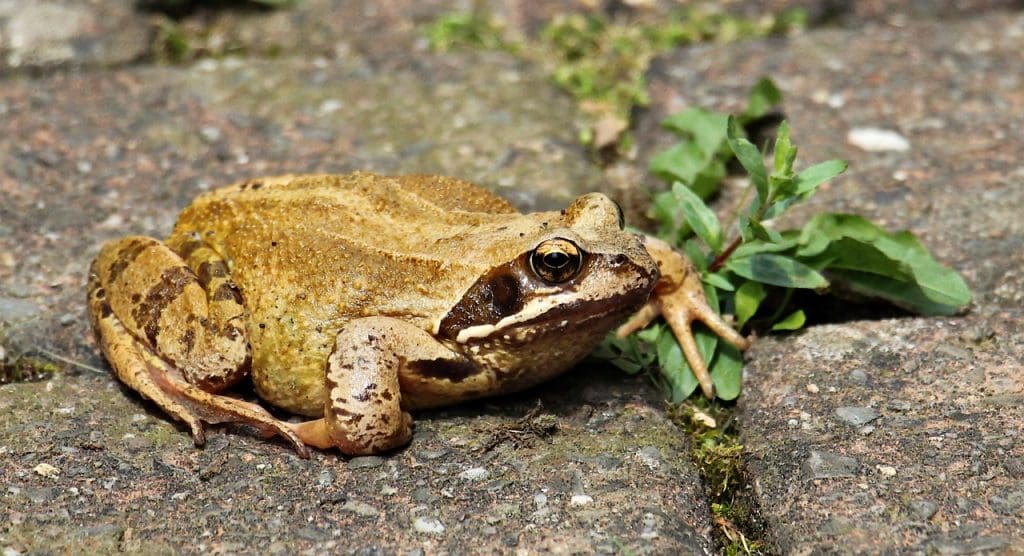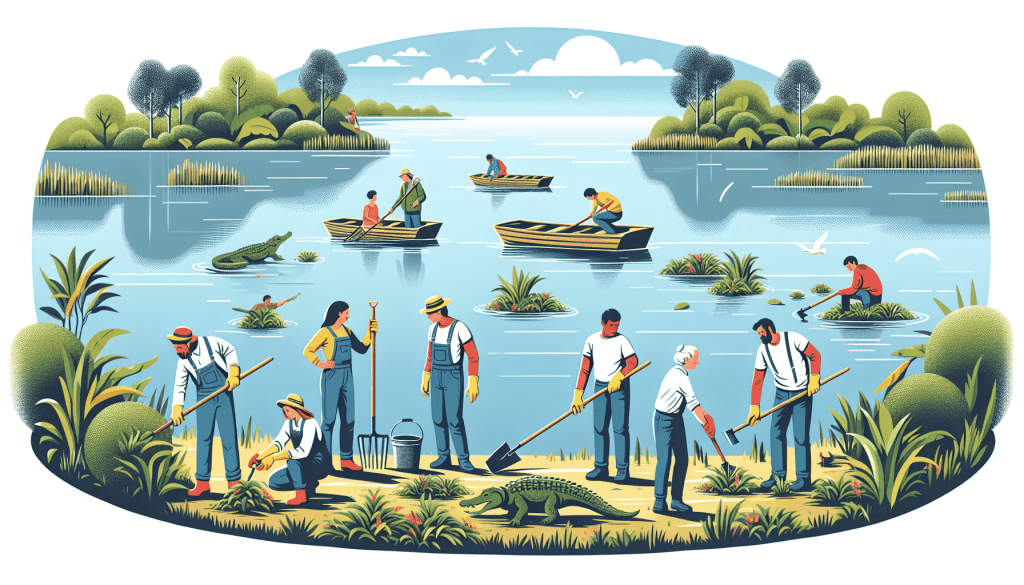Have you ever wondered why alligator weed seems so persistently present, despite the best efforts of your community to manage it? This invasive plant can be a formidable opponent, but understanding and addressing common mistakes can drastically improve your community’s efforts.
Understanding Alligator Weed
Before diving into the mistakes, it’s crucial to have a basic understanding of what alligator weed is and why it’s a problem.
What is Alligator Weed?
Alligator weed (Alternanthera philoxeroides) is a perennial invasive plant that thrives in both aquatic and terrestrial habitats. Originally hailing from South America, it has spread to multiple continents due to human activities. Its rapid growth can choke waterways, disrupt ecosystems, and create significant maintenance issues.
Why is Alligator Weed a Problem?
Alligator weed grows quickly and can form dense mats that block waterways, clog irrigation systems, and outcompete native vegetation. This results in reduced biodiversity, compromised water quality, and impaired recreational activities. Therefore, controlling its spread is vital for maintaining healthy ecosystems.

Common Mistakes in Tackling Alligator Weed
Knowing the nature of alligator weed is half the battle. Now, let’s discuss the common mistakes communities often make when trying to control this invasive plant.
1. Lack of Community Coordination
Effective management of alligator weed requires coordinated efforts. Working in isolation can render individual efforts futile as the weed can quickly spread back into controlled areas.
Why Coordination is Essential
When community members work together, resources and knowledge are pooled, leading to more comprehensive and effective strategies. Disjointed efforts may allow the weed to thrive in untreated areas, which can quickly reinfest treated zones.
How to Improve Coordination
- Form a Task Force: Create a dedicated group responsible for managing alligator weed in your community.
- Regular Meetings: Hold monthly or quarterly meetings to discuss progress, strategies, and challenges.
- Shared Resources: Pool financial and material resources for more effective treatment.
2. Inadequate Identification
Misidentifying alligator weed can lead to ineffective management practices. Accurate identification is the first step toward effective control.
Tips for Accurate Identification
- Leaf Shape: Alligator weed has lance-shaped leaves arranged in pairs along the stem.
- Flowers: It produces small, white, clover-like flowers.
- Growth Habit: This plant can grow both on land and water, forming dense mats.
3. Inconsistent Treatment
Inconsistent treatment efforts can allow alligator weed to recover and spread. Consistent and persistent management is key.
Developing a Treatment Schedule
- Regular Monitoring: Set up a schedule for regular inspections to catch new growth early.
- Maintenance Routines: Establish ongoing maintenance routines to prevent relapse.
| Frequency | Activity |
|---|---|
| Monthly | Walkthrough inspections |
| Quarterly | Targeted treatment applications |
| Bi-annually | Comprehensive area assessments |
4. Ineffective Chemical Use
Using the wrong herbicides, incorrect dosages, or improper application methods can render chemical treatments ineffective.
Best Practices for Herbicide Use
- Choose the Right Herbicide: Consult experts to select the most effective herbicide for your specific situation.
- Follow Manufacturer Instructions: Always adhere to the recommended dosages and application methods.
- Safety First: Ensure that applicators wear appropriate protective gear and follow safety procedures.
5. Ignoring Non-Chemical Methods
Reliance on chemical treatments alone can be a mistake. Integrating non-chemical methods can improve results and sustainable management.
Non-Chemical Control Methods
- Mechanical Removal: Physically remove plants, ensuring to get the entire root system.
- Biological Control: Introduce natural predators or diseases that specifically target alligator weed, like the alligator weed flea beetle.
- Habitat Modification: Alter conditions to make the environment less favorable for the growth of alligator weed.
6. Not Considering Water Management
For aquatic infestations, water management plays a critical role. Ignoring this aspect can undermine your control efforts.
Water Management Strategies
- Water Level Control: Adjust water levels to stress the weed and favor native plants.
- Flow Management: Increase water flow rate to physically displace the weed.
7. Overlooking Education and Awareness
Without educating the community about alligator weed and its impacts, lasting control efforts are unlikely to succeed.
Building Awareness
- Workshops and Seminars: Organize educational events to inform residents about the identification and control of alligator weed.
- Information Dissemination: Use flyers, social media, and local media to spread information.
- Involvement Initiatives: Engage local schools and community groups in monitoring and control activities.
8. Inadequate Funding and Resources
Insufficient funding and resources can significantly hamper control efforts.
Securing Resources
- Grants and Sponsorships: Apply for environmental grants and seek sponsorships from local businesses.
- Fundraising Activities: Host events to raise funds for control efforts.
- Volunteer Programs: Encourage community members to volunteer time and resources.

Integrating Multiple Strategies for Success
A comprehensive management plan should integrate multiple strategies to combat alligator weed effectively.
Developing a Multi-Faceted Approach
Combining chemical, mechanical, and biological control methods leads to better and more sustainable outcomes.
Example Integrated Management Plan
| Step | Methods | Frequency |
|---|---|---|
| Initial Assessment | Mapping and identification | Annually |
| Immediate Action | Chemical treatment | As needed |
| Short-term Measures | Mechanical removal and monitoring | Quarterly |
| Long-term Strategy | Biological control and habitat modification | Ongoing |

Conclusion: Creating a Sustainable Future
Successfully managing alligator weed is a collective effort that requires overcoming common mistakes through coordination, correct identification, consistent treatment, appropriate chemical use, non-chemical methods, water management, education, and adequate funding. By employing a multifaceted approach, your community can effectively control and potentially eradicate this invasive plant, preserving the natural ecosystem for future generations.
Avoiding these common mistakes and implementing comprehensive strategies will ensure your community is well-equipped to tackle alligator weed. Let’s create a greener, more sustainable environment by working together and staying informed.

